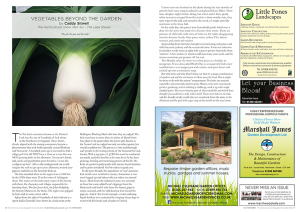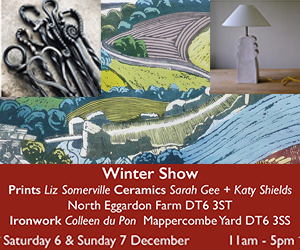The Horticultural Show. Part Six – The Leek Shows

‘The pit, the pub and the leeks’
The Pot Leek sometimes known as the Pitman’s Leek was the star of hundreds of leek shows in the Northeast of England. These shows, closely aligned with the mining community became a phenomenon that took hold especially around Durham and Newcastle. A hundred years ago it was hard to find a village pub that did NOT have a show or a man that was NOT growing leeks on his allotment. ‘Everyone’s friend, dad, uncle and grandfather grew the leeks—it was like a religion up here’. After a day underground one could imagine the rush to get up to your allotment, to tend your pigeons and leeks in the heavenly fresh air.
The first recorded show in the region was in 1846 but by the 1930s there were 35 in the town of Ashington alone. The names of the leeks carry some of this history with them, the characters and villages responsible for breeding them. The Joe Jones leek, the John Golightly, the Sammy Dickenson, the Stoke. The region was gripped by leeks and to some extent still is.
Aghast from the sight of hundreds of leeks laid out in a sports hall in Tyneside I was shown in a back room at the Bedlington Station Working Man’s Social Club how they are judged. The leek must have no more than six inches of blanch from base plate to the point where the leaves split, known as the ‘button’ and are judged not only on cubic capacity but overall condition too. The process is slow and thorough and specific to the scoring criteria of the National Pot Leek Society. With a top prize of £1200 this must be conducted accurately, and John Soulsby is the man for it: he has been growing, showing and mentoring growers all his life. His leeks are grown in polytunnels with science-based nutrition, and he posts wonderful YouTube videos to guide you.
In the past, though, the ingredients of one’s precious leek trench were swathed in secrecy. Sometimes it was even bagged up and taken with you when you moved house. Muck from the milkman’s pony was certainly in there but some added hoof clippings from the blacksmith and lamb’s tails from the farmer, pigeon muck, seaweed, and the odd dead cat that chased the pigeons. And if that wasn’t enough, a vomit-inducing liquid fertiliser was concocted by steeping sheep dags in water with fish heads and a bucket of blood.
Utmost care was lavished on the plants during the nine months of growth; leeks were sung to, talked to and played Glenn Miller. There were sleepless nights before lifting, but at last and if these pearly white monsters emerged from the mud in a show-worthy state, they were wiped with milk and nursed in the crook of rough arms like newborns to the show hall.
In the early days the prizes were household goods which was a draw for the wives but made for a bizarre show room. There are pictures of club halls with rows of leeks on the tables disappearing into the distance beside three-piece suites, colour TVs, dinner services and a twin tub washer.
Sponsorship from breweries brought ever-increasing cash prizes and with that came jealousy and the occasional crime. It was not unknown for families to take turns at night with a gun to protect their leeks from ‘slashers’. A few strokes of a knife could ruin many years work, and the trauma sometimes put growers off for ever.
The Monday after the show was often given as a holiday to recuperate. It was also called Broth Day as unsuccessful leeks were tumbled into a vast copper pot with onions and spare bones and cooked up into a restorative soup.
But why leeks and why there? Some say that it’s a magic combination of perfect soil and the sea breeze to blow away the frost. But it might be more to do with the miners’ temperament. Pot leeks are majestic vegetables and extremely hard to grow. Miners, who were notoriously good at gardening and at relishing a challenge, took it up with single-minded gusto. The craze became part of their social life and who’d have thought you could win a telly with a leek? There were larks to be had, and the friendly rivalry could take you seamlessly from the mine to the allotment and the pub with a pee stop at the trench on the way home.




